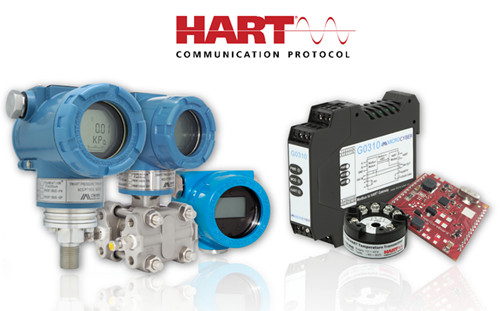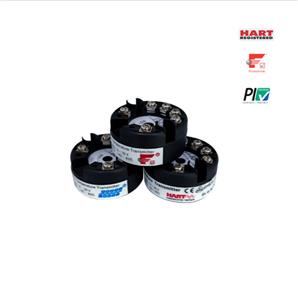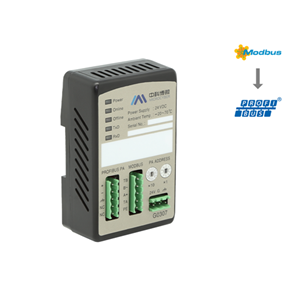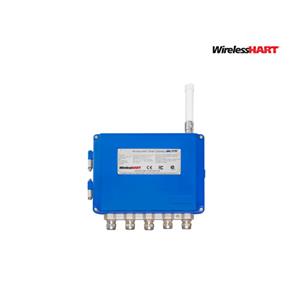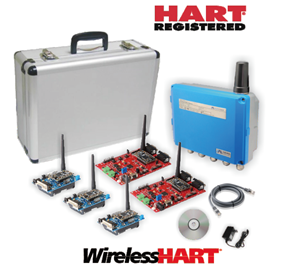Pressure sensors in high temperature extreme environments
Some harsh industrial environments have a wide range of needs for high temperature pressure transmitters, so the research of high temperature pressure sensors is also an important topic. Currently, the mainstream high-temperature pressure sensors are based on insulating silicon material. This material has the advantages of high temperature resistance, radiation resistance, high cost-effective, but there are also problems such as poor stability at high temperatures and self-heating. Silicon carbide (SiC), as a new high-temperature resistant material, has the advantages of high thermal conductivity, acid and alkali corrosion resistance. Therefore, a piezoresistive pressure sensor made of 4H- SiC was designed. The pressure sensor can output stable measurements in the range of -50 to +300 ℃, and can work stably in an environment with acidic corrosion and radiation. With the continuous development of graphene technology, a high-temperature pressure sensor sensitive element made of graphene material was designed and fabricated using MEMS technology. The sensor of this sensitive element has excellent performance at high temperatures, and the sensitivity is much higher than that of previous high temperature MEMS pressure sensors. In addition in some extreme environments, such as high-temperature liquid metal environments, the sensor's measurement temperature range can be covered from room temperature to high temperatures close to 600 ℃. The pressure measurement capability of conventional products in this environment is greatly limited.
1.Pressure transmitter with self-diagnostic function
As modern industry continues to move towards digitalization and automation, the demand for instrumentation intelligence is increasing. This means that the instrumentation needs to be self-diagnostic, capable of assessing the quality of the data and correcting the detected faults. In order to meet the design selection and system composition of a safe instrumentation system, a functionally safe pressure transmitter has been designed and developed. The transmitter components of this pressure transmitter are designed with a dualized function to diagnose faults in the differential pressure transmitter and have some self-diagnostic capabilities. By cooperating with the transmitter manufacturer, an important failure mode of the transmitter, medium fluid leakage, was identified and monitored in real time by a diagnostic program. A smart pressure transmitter compliant with functional safety is proposed, including the design of the system architecture, integrity testing of components, and self-diagnostic program. The intelligent pressure transmitter complying with functional safety will detect in real time whether there is a system failure in the current operation status and whether there is a module function failure, and report the abnormal status in real time to the safety control system through the fault alarm. The control system or monitor accordingly make timely safety response to achieve functional safety.
2. Pressure transmitter temperature compensation method
The high-precision standardized output of pressure transmitter has been the hot direction of transmitter research. For mass-produced pressure transmitters, it is necessary to calibrate their internal structural parameters to achieve a standard linearized output, so as to meet the requirements of measurement accuracy and communication standards in the industrial field. Regardless of which principle the pressure sensor is based on, the external environment will have an impact on the characteristics of the material, resulting in a large error. Therefore, the transmitter needs to be calibrated with temperature compensation before leaving the factory. At present, scholars at home and abroad have carried out extensive exploration and research on the method of temperature compensation of pressure transmitters. The research is mainly divided into two directions: hardware compensation and software compensation.
Hardware compensation is mainly corrected by improving the measurement circuit and design process or optimizing the chip design. A passive resistance network temperature compensation model is used to compensate the temperature of the low temperature region of the pressure sensor, and the compensation accuracy obtained is 2%. Hardware compensation methods usually involve specific hardware design or optimization for a particular sensor. Due to the complexity of hardware compensation debugging, poor generalization, engineering applications prefer to use software compensation method.

